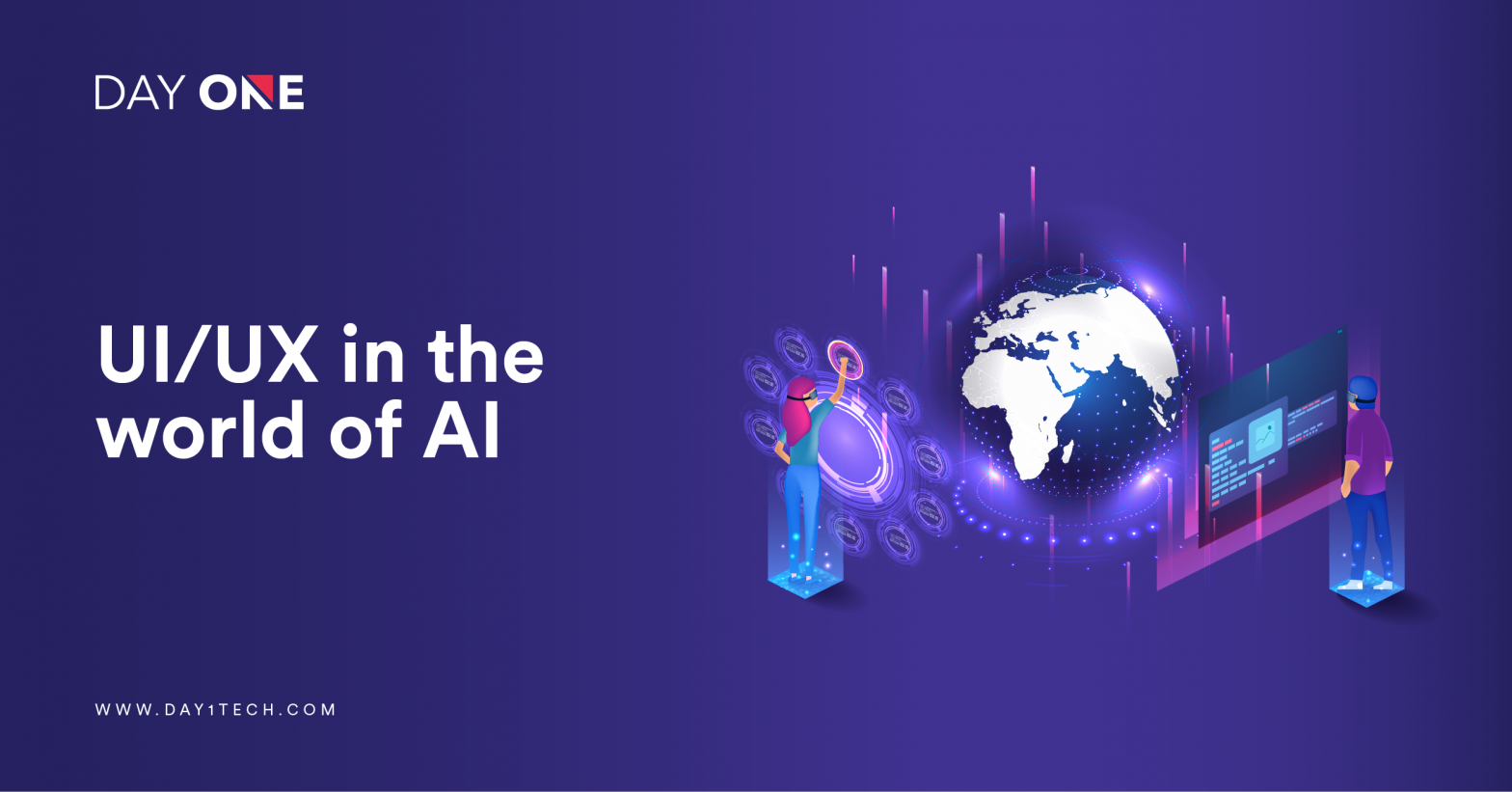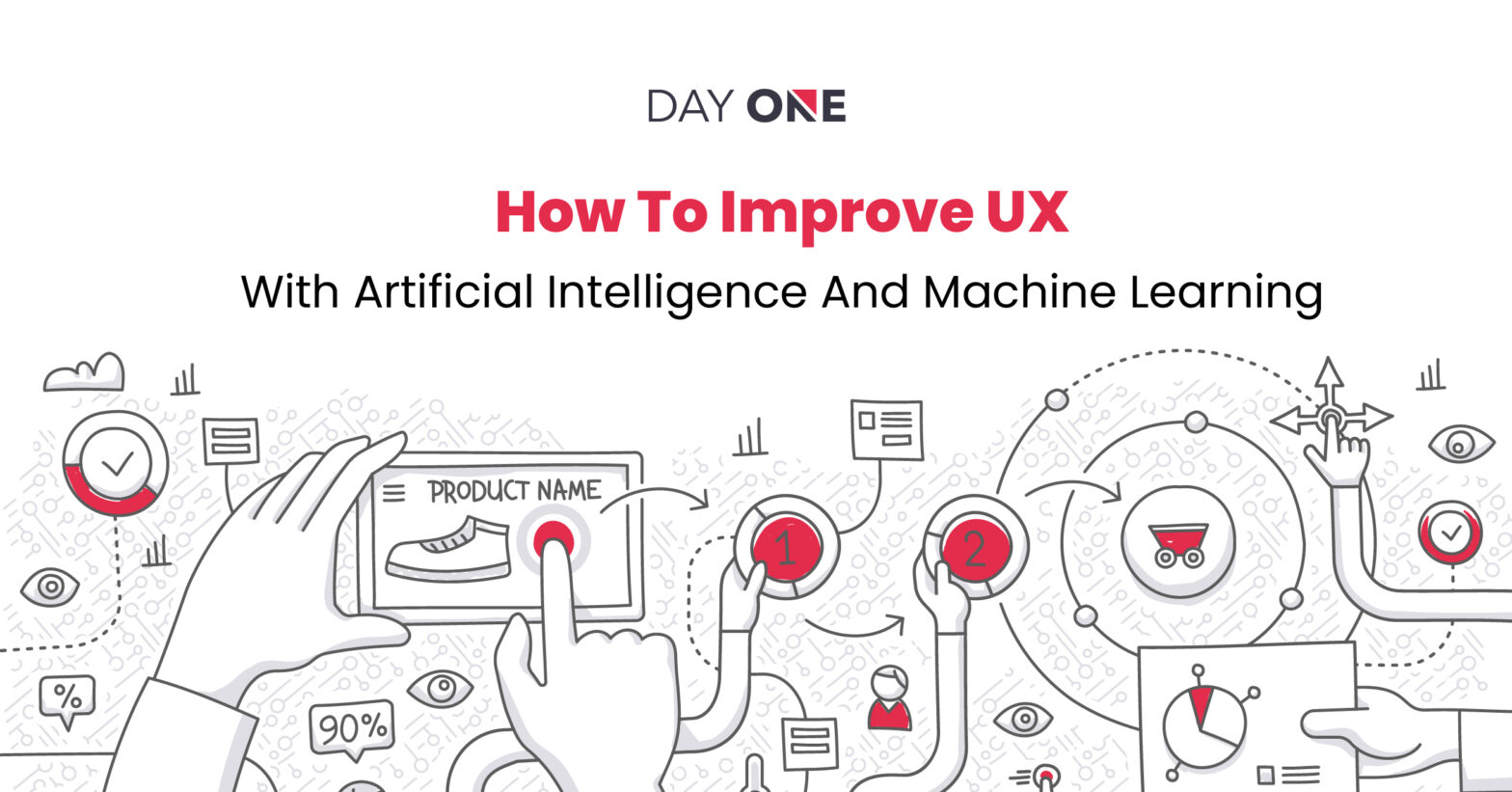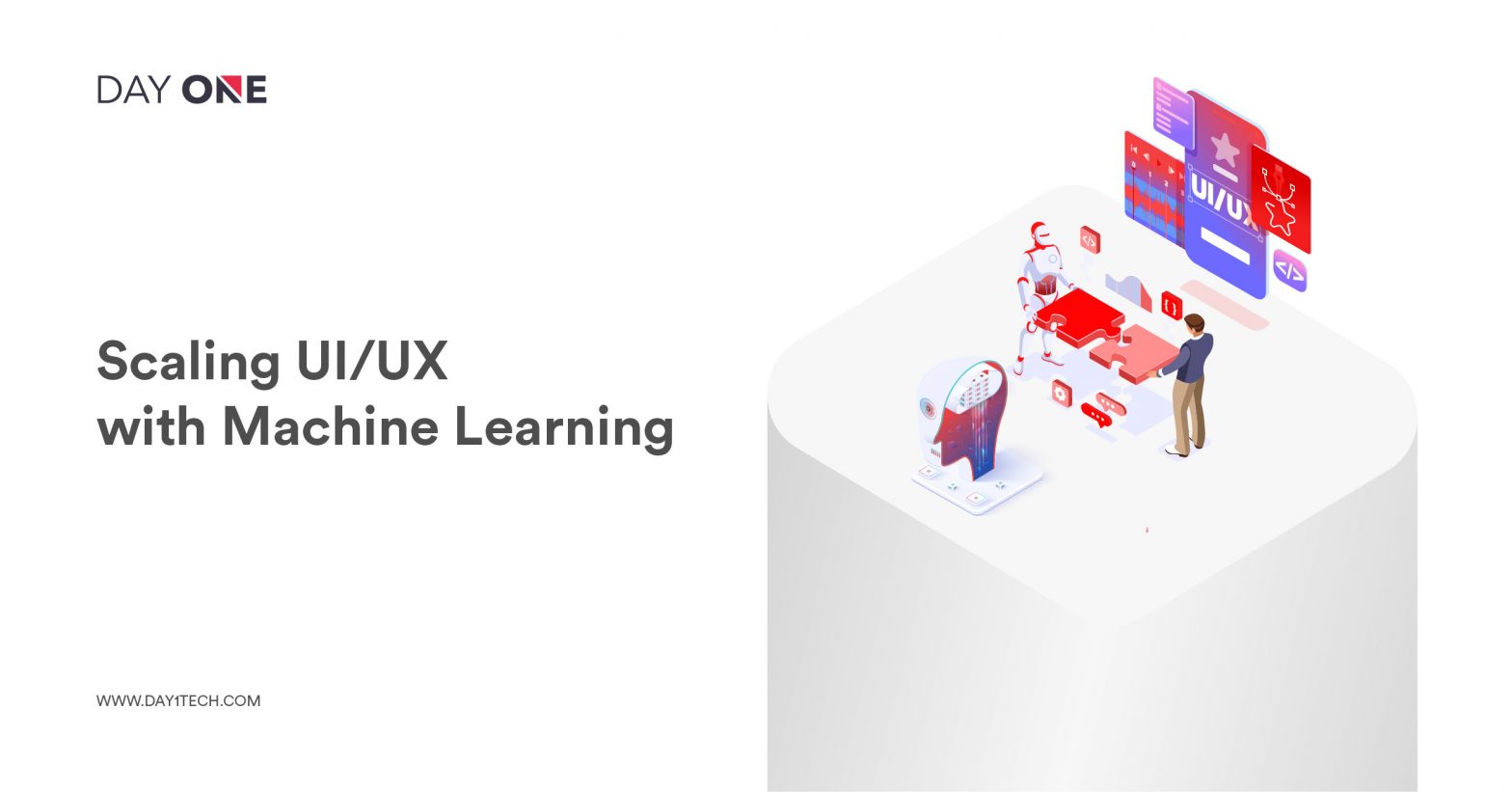Designing intelligent experiences: How AI is going to impact UI/UX?
admin
UI/UX
June 5, 2021
4 min read

In the last few years, several disruptive technologies have come to the market and have completely transformed the space. One of the more notable technologies includes artificial intelligence. The implementation of AI in mobile apps has led to the development of advanced interfaces,making consumer interactions clearer,easier and convenient. In fact, there are already rumors of AI replacing UX designers.
AI at present, is in its nascent stages and cannot do more than manual, repetitive work. And we will sort of still trying to figure out how to get AI to do work of repetitive nature, so is the job of a designer really at stake? No, not at present and not in the near future.
Implications of AI impacting design
UX Design and AI are extremely similar as far as functionality is concerned. They understand patterns of user behavior and try to provide users better experiences based on the insights gathered from user behavior. With the advancement of AI, intelligent interfaces will be developed and hence, UX will be developed accordingly. A good example is the development of wearables and voice-powered interfaces from touch interfaces of smartphones.
-
Thinner Interfaces:
Future of UX design will involve thinner interfaces.“Thinness” of a system refers to the lower number of hindrances that any user has to face while exploring the product/achieving his goal. To illustrate, using Amazon Echo to control the home appliances is a thinner experience rather than manually switching on/off the lights and fans is a “thinner experience”.
To design the user experience, designers try to anticipate the needs of users and design the app accordingly. However, even though that approach might work for some users, it might not work for some segments of the population.
Biggest ai companies are developing programs like chatbots, predictive searches and chat programs that are brilliant with regard to understanding user queries.
For those confused between chatbots and chat programs, here’s the simple difference. Chat programs are platforms like Facebook Messenger and Whatsapp that allow users to communicate “one-to-one” instantly.
On the other hand, chatbots are bots that are designed to have a “natural conversation” with the user. Chatbots can understand user queries with Natural Language Processing and give pre-written answers according to the query.
They can predict extremely well what a user’s query most likely will be and returns answers to queries almost instantly. Developments in AI would bring about better insights as to which queries require more priority and what else can be done to provide better service to the consumers.
-
Automate Legwork:
On a number of occasions, designers have to work on a variety of tasks that can be automated like resizing, color-correction and cropping pictures. With developments in AI, a designer might be able to get these works done without requiring him to intervene.The top artificial intelligence software development companies are building solutions that can automate such repetitive, mundane tasks.
Developments like Sensei, AI software from Adobe, will most likely be able to do mundane tasks of designers which were mentioned above. Adobe Scene Stitch has the ability to identify patterns in pictures, help designers patch, edit or even redesign the scene.
-
Invisible Interfaces:
As per Golden Krishna, a Google designer, wrote in his book, we are going to witness a new era in interface, i.e. No interface. With the advent of smart home devices like the Echo and Google Home, we have already achieved a reasonable degree of success.
With the development of AI-Driven UI, we are slowly moving towards eliminating the physical screen. For the next chapter, designers would have to anticipate user intents at each touchpoint of customer interaction and predict user responses.
-
Advanced Level Interfaces:
Top ai consulting firms are incorporating visual content into user experience (UX) to give the consumer a clear picture of what the person needs, with the development of AI and Augmented reality (AR)/Virtual Reality (VR) technologies users are going to get a clear idea of the product before purchasing it.
This type of customer touchpoint was never present before. The development of AI has made multisensory experiences possible, with movies being shown even in 9D.
AI is making superior level interfaces which are helping customers find their relevant solutions. Deep learning algorithms are helping marketers provide customized solutions to their consumers.
-
Split-testing will be redundant:
AI-based UI design will be used to provide personalized experiences to users.
The spur of AI has led to the rise of several startups and SMBs leading to a fierce and a competitive market. With so many competitors, every organization is trying to win over the market. For trying out which version of the product will more likely work, a split test is usually conducted. To cater to different types of users, two versions of the same product are usually released. However, split testing only allows getting insights into the specific user bases. However, with insights from AI, such as similar audiences, past searches, and engagement on different products, products can be customized according to the needs of each customer.
Another benefit for marketers would be testing would not take as much time. At present testing is time-consuming, however, with AI insights, products can start improving by themselves. For e.g. Netflix shows personalized artwork in its titles make them look more compelling to its users.
-
Smarter, modular design systems:
The future of UX design will see smarter and intuitive design systems. A design system is a series of patterns, elements, and modules combined together to build the design language of a product/brand. A design system ensures there is consistency in the experience provided to a user.
With a layer of intelligence analyzing the engagement of users with the elements of interfaces, user experiences can be better customized according to the tastes and preferences of the user.
-
Innovative Visual Styles:
Artificial intelligence solution providers are coming up with innovative applications that can create dynamic visual styles. Applications like Prisma, Artisto, Snapchat identifies the subject and the best filter that can be applied on the same.
Auto Draw, an AI experiment of Google, auto-completes sketches and turns them into refined versions that could help designers as well as non-designers to create products without spending much effort on the same.
-
Smart Experiences:
Biggest artificial intelligence companies already know this and are placing big on smart experiences. Although less explored, smart experiences-powered by AI is soon going to become the norm.Artificial intelligence can understand the context of a picture and interpret it for users with visual impairments. It could also help in more creative advertising opportunities.
Future of AI on UX
Best ai consulting companies know and understand AI is going to impact user experiences. AI will help make designers more impactful. Also, helps in automating repetitive tasks to save time for designers. With developments in machine learning and natural language processing, we are looking at a future with customized experiences for each customer, moving away from customer bases.
Explore More Blogs
Testimonials What customers have to talk about us
Finch (previously Trio) – Growth with Investing, with benefits of Checking
Reading Time: < 1 minThe Finch (previously Trio), one of our clients today has reached this level with our expertise and with a great team of developers in Day One, who have made every stone unturned in making this project a big success.
Neel Ganu Founder
USA
Vere360 – VR based Immersive Learning
Reading Time: < 1 minDay One helped Vere360 “fill skill gaps” and build a platform that would cater to their niche and diverse audience while seamlessly integrate the best of #AI and #VR technology.
Ms. Adila Sayyed Co-Founder
Singapore
1TAM – Video Blogging Reimagined
Reading Time: < 1 min‘1TAM’ was only for iOS with gesture-based controls, advanced video compression techniques, and a simple architecture that allowed actions to be completed in 2-3 taps. The real challenge for ‘1TAM’ was to keep it distinct which bought brilliant results with all the strategies and approaches implied for best video compression techniques.
Anwar Nusseibeh Founder
UAE
Fit For Work – The Science of Workplace Ergonomics
Reading Time: < 1 minDay One Technologies came with the expertise that was required and helped in building a platform that is edgy, functional, and smart, delivering engagement and conversions at every step.
Ms. Georgina Hannigan Founder
Singapore
SOS Method Meditation for ‘Busy Minds’
Reading Time: < 1 minDay One Technologies helped in building an innovative mobile app (for #iOS and #Android) that’s easy-to-use, engaging, and data-driven to help users reap the most at every point.





